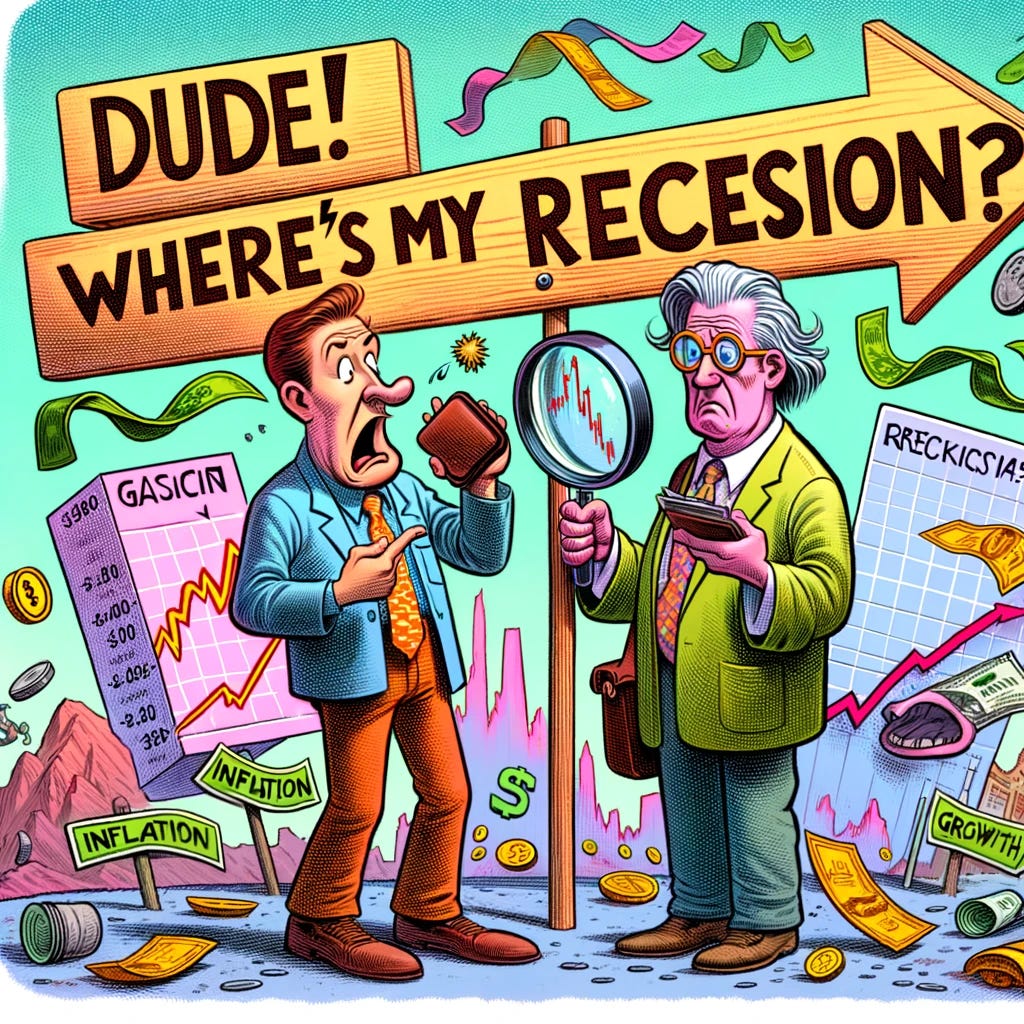Eighteen months ago economic prognosticators widely claimed that the sudden rise in interest rates worldwide posed a high likelihood of causing a recession in Australia and around the world. Interest rates were soaring at a record pace and as all know higher interest rates typically lead to lower consumption and investment, suggesting a dramatic reduction in aggregate spending.
Many economists, including myself, accordingly forecasted a significant probability of a recession—essentially, a substantial economic contraction or decrease in GDP and a large rise in the unemployment rate. (Though it should be noted that the RBA was an exception in this regard and have constantly forecast a moderate increase in the unemployment rate!)
Broadly speaking, this has not happened. The unemployment rate around the world remains remarkably low, while GDP growth, although not robust, has certainly avoided anything close to a recession (outside of countries most affected by the Ukraine war).
Where did we go right?
What explains the mistaken prediction?
You might think that this failure to forecast means our models are wrong and should be thrown out. But I think that the main reason we misjudged our forecast was that we didn't trust our models enough.
Instead, we relied on narratives and were spooked by the large shift in the data.
Every economist has a different model of the economy. But one of the most mainstream and conventional macroeconomic models was derived by two economists Smets and Wouters. This model is a standard reference for understanding how monetary policy works in the real world. If you want to ask how government spending or a rise in oil prices will affect inflation and GDP, this is probably your first port of call.
So, what does this model say about the sudden rise in interest rates post-COVID?
As this figure shows, there are many circumstances where we might expect to see higher interest rates, high inflation, strong employment and high GDP growth. These outcomes are consistent with various aggregate demand shocks in the model, whether from a boom in consumer spending or an increase in government spending.
What did we see post-COVID? Exactly this: high inflation, high interest rates, and low unemployment.
If an economist in early 2022 had diagnosed the economy as experiencing positive demand shocks, they would have naturally concluded that we would see high inflation and high interest rates in the years to come. While interest rates in the model rise, they don't fully offset the additional spending impact. It's akin to taking medication for an illness that improves your condition slowly and imperfectly. Looking at the raw correlation, one might think the drugs didn't work as you are still sick, just not as ill as you would have been without the drugs.
What we've seen is a confusion of causation and correlation. It's not that unemployment remains low despite high interest rates; rather, interest rates rose and the unemployment rate stayed low because aggregate demand was strong.
This should not have been hard to diagnose in real time. It was clear that over 2020 and 2021, government spending was extremely high, and there was significant government stimulus. Once the pandemic receded, consumers embarked on a wave of revenge spending after being denied the opportunity to travel and consume for two years. Diagnosing either a government stimulus shock or a consumption demand shock post-pandemic did not require a genius level intellect!
Translating this into a scenario involving high inflation and high interest rates alongside high GDP was a conventional outcome of a standard macroeconomic model. So, when we ask why high interest rates didn't cause a recession, the answer is that while interest rates rose by an unprecedented amount they did not rise enough to offset an even more unprecedented rise in aggregate spending. While the increases did moderate the post-pandemic economic boom, they were insufficiently fast to stabilize the economy, which is why the economic boom continued despite what seemed like an aggressive interest rate hike cycle.
Economics is hard. Predicting the economy is even harder and like weather forecasting: mostly accurate when it doesn't matter, and completely off when it does.





This is in some ways just a re-statement of Scott Sumner's observation that the strength in aggregate demand is inconsistent with monetary policy having been overly restrictive, despite what we might try to infer from changes in official interest rates. I make a similar case here https://stephenkirchner.substack.com/p/2023-year-in-review